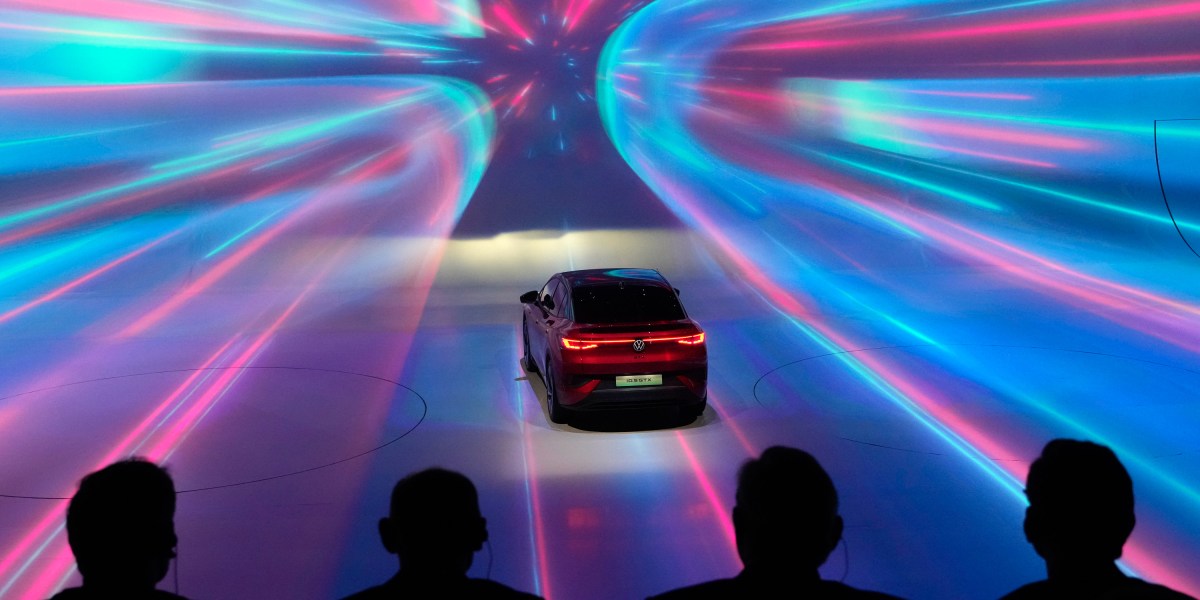
Both EV makers and AI startups have published aggressive roadmaps for national rollouts of their city NOA services, claiming their customers in dozens or hundreds of Chinese cities will soon be able to experience being driven by their cars through narrow city streets.
This morning, I published a story that took a closer look at how city NOAs have become the industry darling in 2023, including how they actually perform and the difficulty in educating drivers on using the system responsibly. You can read all of it here.
But during my interview with Zhang Xiang, a Chinese auto industry analyst and visiting professor at Huanghe Science and Technology College, one comment stuck out to me. “The auto industry is very competitive now. Consumers are expecting those vehicles to be tech products, like smartphones. It’d be hard for auto brands to sell their cars if they didn’t advertise their products this way,” he said.
Zhang’s observation is consistent with what I saw this year, particularly when I went to the massive auto show this April in Shanghai. Not only was everyone boasting about their brand’s autonomous driving capabilities, but companies were also showcasing all kinds of other advanced software features.
For example, SenseTime, an AI company, uses facial recognition tech to monitor driver fatigue and also to identify children left in the car; SAIC Volkswagen is using augmented reality to display map information on the windshield; Baidu is incorporating its generative AI model in the in-car audio chatbot for route planning.
NIO, one of the frontrunner companies in China’s homegrown EV industry, has embraced the subscription model. By paying 380 RMB ($52) a month, NIO owners can get the basic version of an NOA system in their cars, which works on highways and major urban roads. In the future, they will be able to pay double the amount for a more advanced version. Meanwhile, as batteries make up the majority of the costs and upkeep of an EV model, NIO also launched a monthly battery-swap service in China and a monthly battery-rental subscription in Europe.
All of these examples show that we are increasingly seeing auto companies turn into tech companies. Beyond horsepower and exterior/interior design, companies are now also competing on who can adapt the latest technology into a consumer-facing product. Globally, this trend is spearheaded by Tesla, with traditional auto brands slowly playing catch-up. But that transition is happening even faster in China.
Tu Le, managing director of Sino Auto Insights, a business consulting firm that specializes in transportation, breaks down the ongoing auto industry evolution into four phases: electrification, smartification, servicification, and autonomization. (While the first two are easy to understand, the third phase means the auto companies’ business models revolve around selling services, and the fourth phase means the proliferation of robotaxis.)
